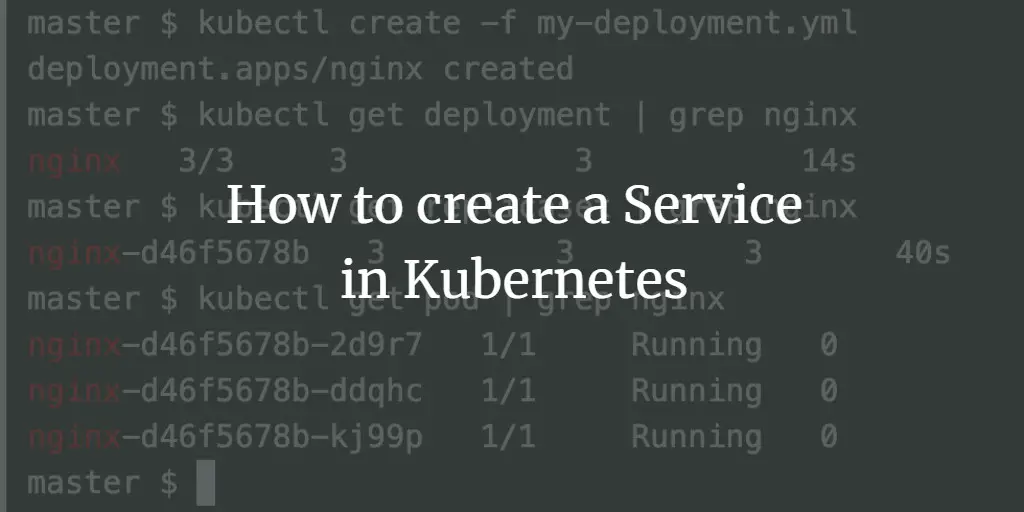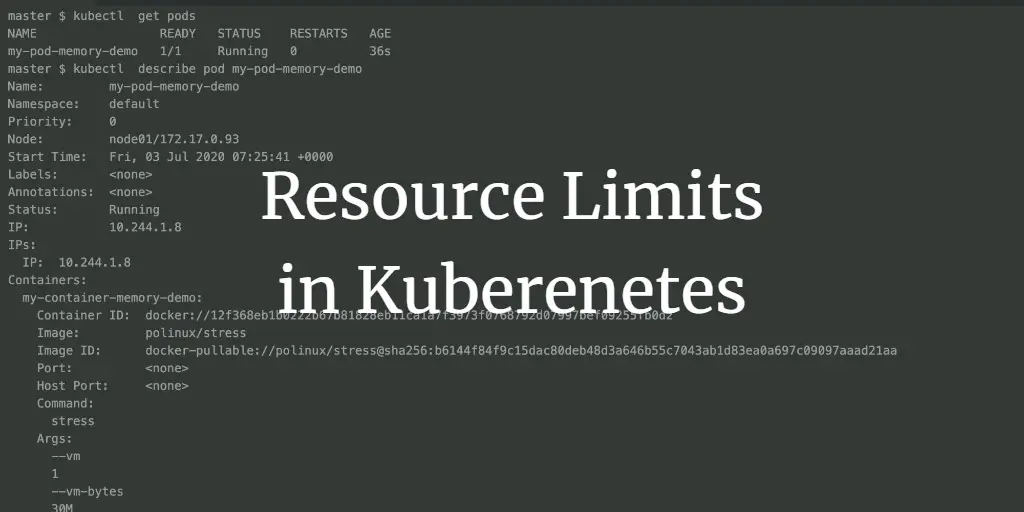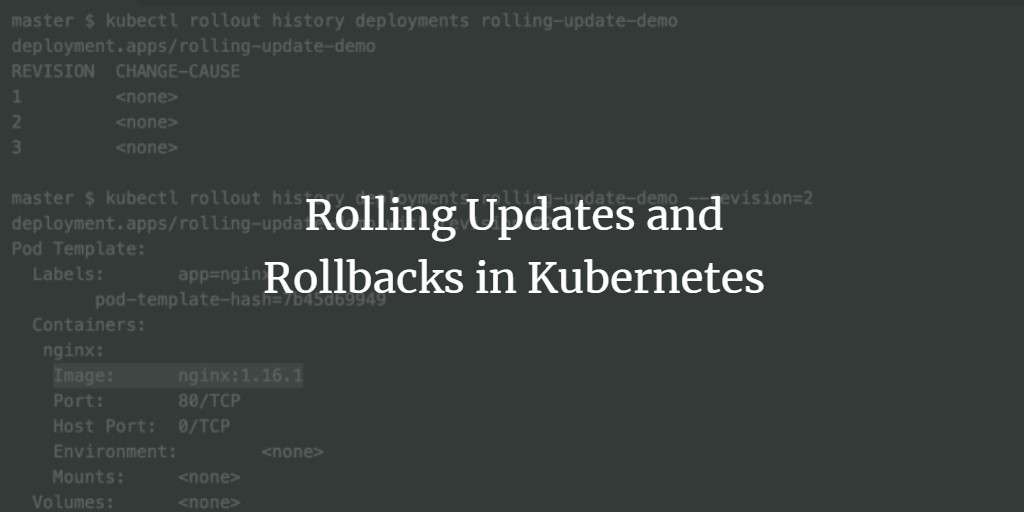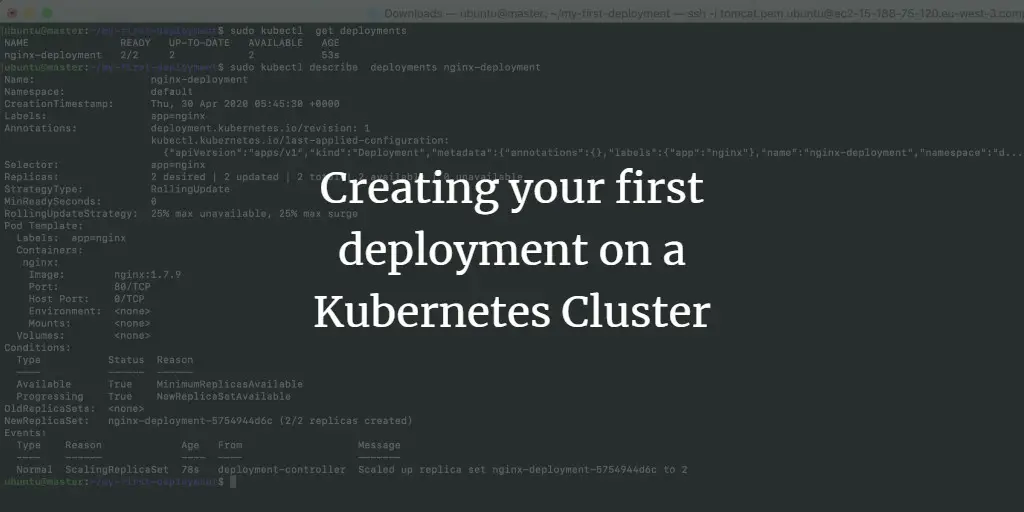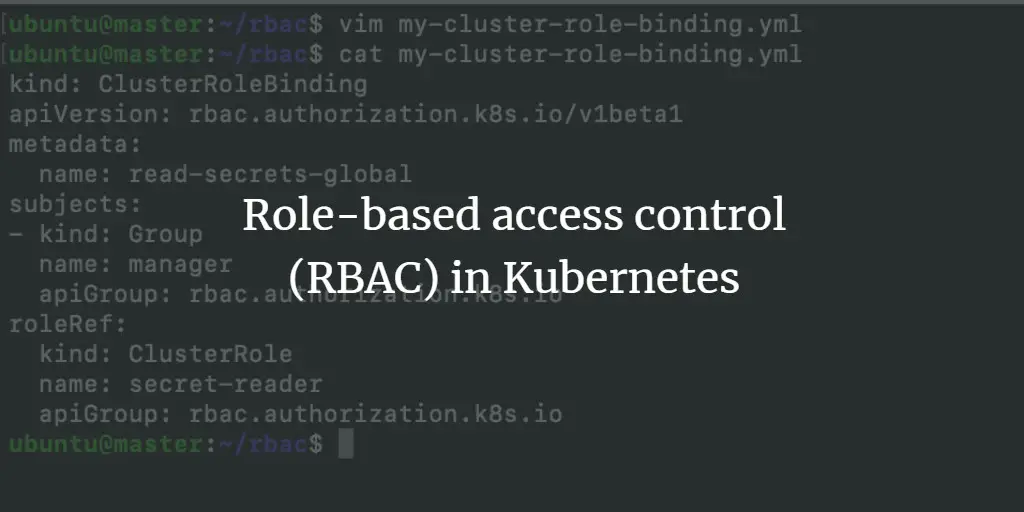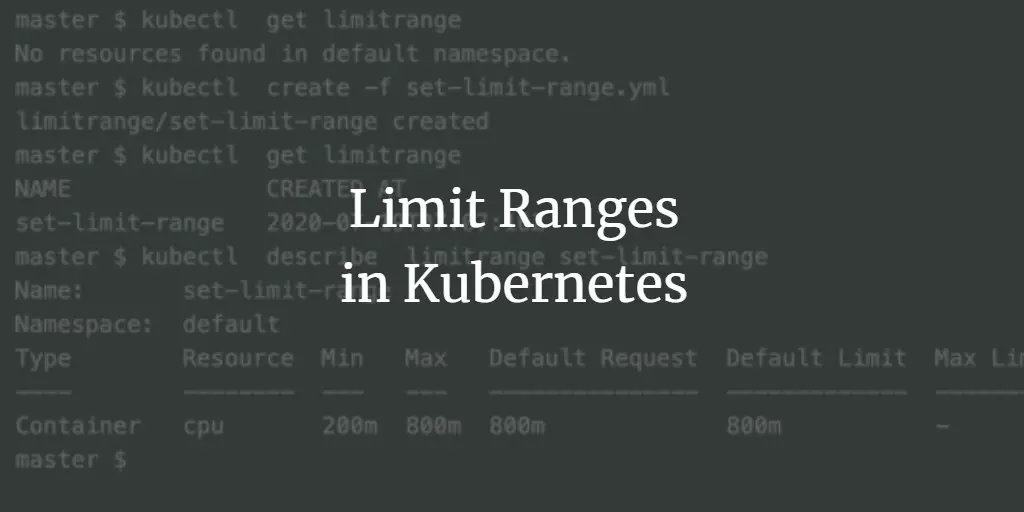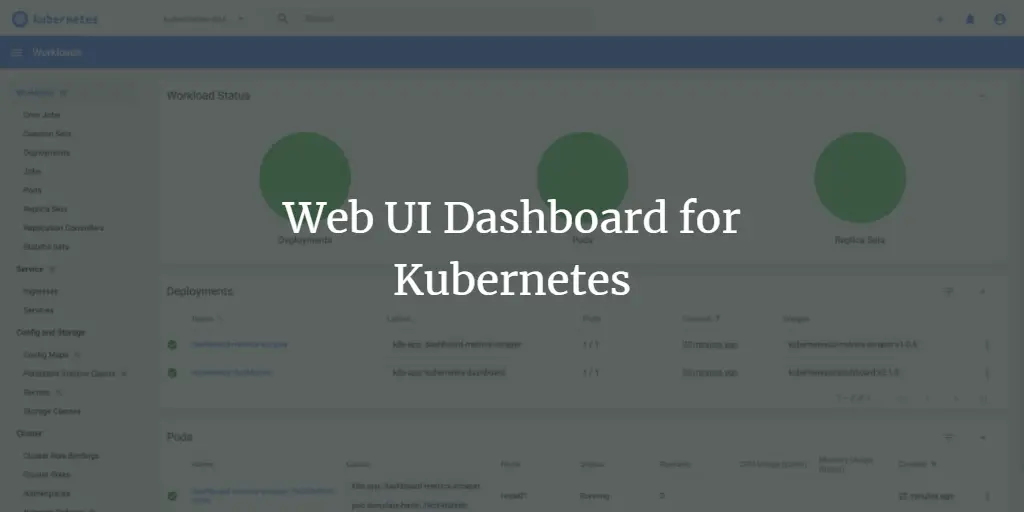Articles by Rahul Shivalkar
-
How to create a Service in Kubernetes
Author: Rahul Shivalkar • Tags: • Comments: 1 • Updated: Jan 18, 2024A service in Kubernetes is an abstraction layer over Pods. It defines a logical set of Pods. It provides a single IP address and DNS name by which pods can be accessed.
-
Resource Limits in Kubernetes
Author: Rahul Shivalkar • Tags: cloud • Comments: 0In this article, we will see an example of a resource limit and request for CPU and Memory. We will also use Metric Server. The Metrics Server is an aggregator of resource usage data in the cluster and it is not deployed by default in the cluster. We will use this Metric Server to see the resource consumption by pods.
-
Labels and Selectors in Kubernetes
Author: Rahul Shivalkar • Tags: cloud • Comments: 0Labels can be used to organize and to select Kubernetes objects. In this article, we will create a Pod with Labels to it and redirect the requests to it from the service using Selector. We will also perform get, delete operations on Pod and Service using Label/Selectors on the command line.
-
-
Static pods in Kuberentes
Author: Rahul Shivalkar • Tags: cloud • Comments: 0Static Pods are managed directly by the kubelet and the API server does not have any control over these pods. The kubelet is responsible to watch each static Pod and restart it if it crashes.
-
Rolling Updates and Rollbacks in Kubernetes
Author: Rahul Shivalkar • Tags: cloud • Comments: 0In this article, we will update the deployment with the default Rolling update strategy and rollback the deployment. To rollback the deployment, we will use the incorrect image in one of the updates to the deployment.
-
Creating your first deployment on a Kubernetes Cluster
Author: Rahul Shivalkar • Tags: cloud, linux, virtualization • Comments: 0In this article, we will see how to create your first deployment on a Kubernetes Cluster using the kubectl command on the Linux shell.
-
Role-based access control (RBAC) in Kubernetes
Author: Rahul Shivalkar • Tags: cloud • Comments: 0In this article, we will understand the basics of RBAC and create Role, ClusterRole, RoleBinding and ClusterRoleBinding Objects. We will then create a kubeconfig file to give limited access to a particular user on a selected namespace.
-
Limit Ranges in Kubernetes
Author: Rahul Shivalkar • Tags: cloud • Comments: 0In this article, we will create a limit range and see how to set minimum and maximum values for the CPU resources used by Containers and Pods. We will see different scenarios with Limit and Request on the CPU.
-
Cheat Sheet for Kubernetes Commands
Author: Rahul Shivalkar • Tags: cloud • Comments: 0While working on Kubernetes it is very important that you know at least the basic commands. In this article, you will find the commands which are needed most of the time while working on the cluster.
-
Web UI Dashboard for Kubernetes
Author: Rahul Shivalkar • Tags: linux, virtualization • Comments: 0Kubernetes dashboard provides a web-based UI for the cluster. One can deploy applications on the cluster using the dashboard as well as troubleshoot the existing applications in the cluster. In this article, we will install the official dashboard provided by Kubernetes and set up a service account to access it.

